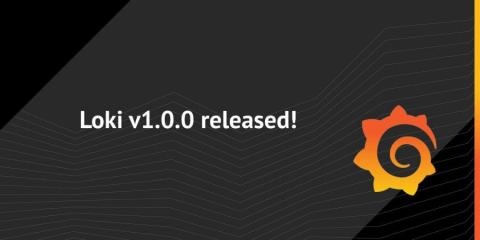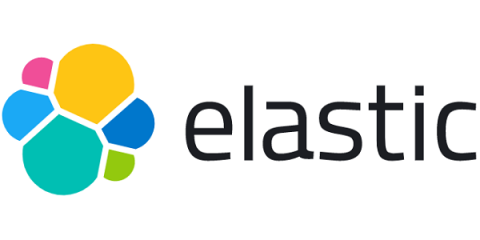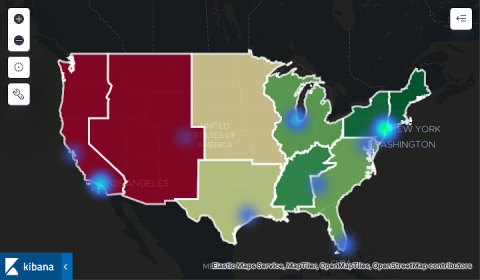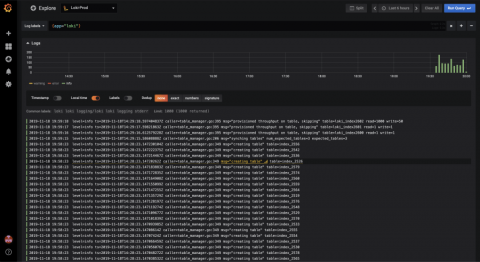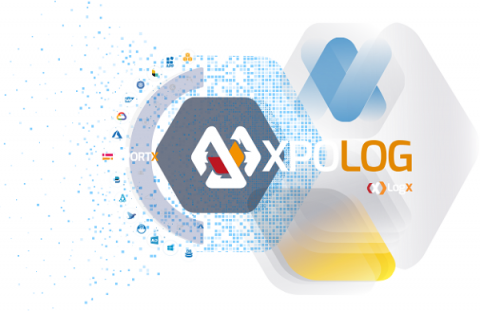IBM Expands IBM Cloud Paks Offering with LogDNA
IBM recently announced an expanded Cloud Paks offering with LogDNA. With this offering, developers and engineering teams can easily aggregate and search huge volumes of data from any source to gain real-time insights on their applications. LogDNA is now offered by IBM and deployable on-premise or multi-cloud with all IBM Cloud Paks including Cloud Pak for Applications, Cloud Pak for Data, Cloud Pak for Integration, Cloud Pak for Multi-cloud Management, and Cloud Pak for Automation.




